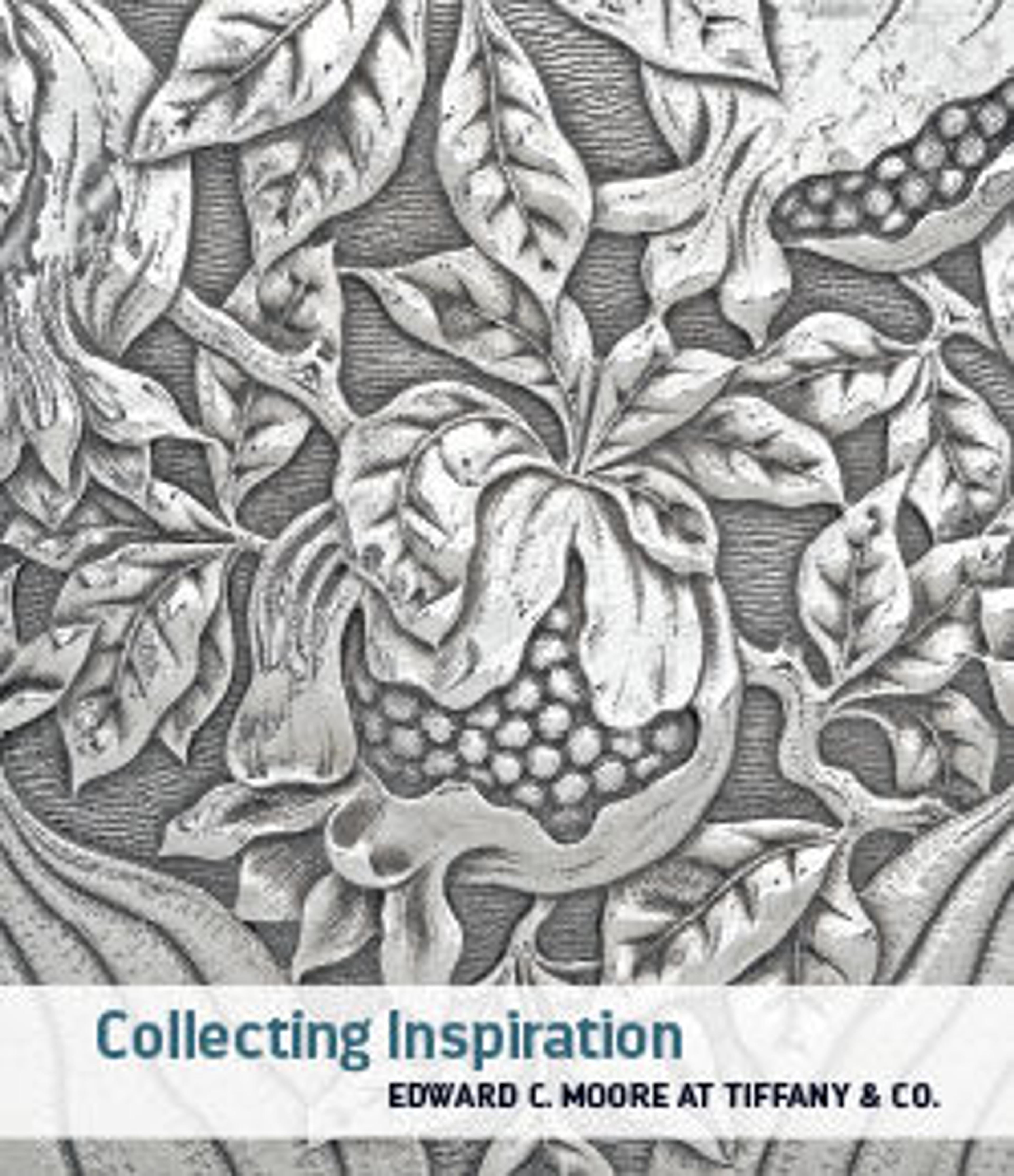Knife Handle (Kozuka) with Blade Depicting Maples, Arabesques, and Patterns (紅葉唐草文様図小柄)
The entire obverse and the edges of the kozuka are decorated with a gold inlay (nunome-zōgan) of maples (using gold of different qualities/hues) with arabesques which are embedded into a linear design, with the butt end of the handle being interpreted in the form of a kojiri (butt cap) of a sword scabbard.
Kaga province was home to a group of sword fitting makers which focused on decorating iron with a flush inlay, mostly gold. This group, which consisted of several local lineages plus certain Gotō masters working in Kaga in that very style, and their works are referred to as Kaga-zōgan (lit. "Kaga inlay"). The Tanba no Kami Yoshimichi lineage was founded at the very beginning of the 17th century in Kyōto and flourished for nine generations until the end of the Edo period. By the middle of the 17th century, the lineage branched out into an Ōsaka-based branch which lasted only three generations and ceased to exist to around the turn of the 18th century.
A kozuka is a handle of a by-knife that is part of a sword mounting. It is kept in a slot on the reverse of a katana scabbard, often with a matching kōgai (hairdressing tool).
Kaga province was home to a group of sword fitting makers which focused on decorating iron with a flush inlay, mostly gold. This group, which consisted of several local lineages plus certain Gotō masters working in Kaga in that very style, and their works are referred to as Kaga-zōgan (lit. "Kaga inlay"). The Tanba no Kami Yoshimichi lineage was founded at the very beginning of the 17th century in Kyōto and flourished for nine generations until the end of the Edo period. By the middle of the 17th century, the lineage branched out into an Ōsaka-based branch which lasted only three generations and ceased to exist to around the turn of the 18th century.
A kozuka is a handle of a by-knife that is part of a sword mounting. It is kept in a slot on the reverse of a katana scabbard, often with a matching kōgai (hairdressing tool).
Artwork Details
- Title:Knife Handle (Kozuka) with Blade Depicting Maples, Arabesques, and Patterns (紅葉唐草文様図小柄)
- Date:probably 18th–19th century
- Culture:Japanese
- Medium:Iron, gold, steel
- Dimensions:L. including blade 8 5/8 in. (21.9 cm); L. excluding blade 3 13/16 in. (9.7 cm); W. 9/16 in. (1.4 cm); thickness 3/16 in. (0.5 cm); Wt. 1.3 oz. (36.9 g)
- Classification:Sword Furniture-Kozuka
- Credit Line:Edward C. Moore Collection, Bequest of Edward C. Moore, 1891
- Object Number:91.1.869
- Curatorial Department: Arms and Armor
More Artwork
Research Resources
The Met provides unparalleled resources for research and welcomes an international community of students and scholars. The Met's Open Access API is where creators and researchers can connect to the The Met collection. Open Access data and public domain images are available for unrestricted commercial and noncommercial use without permission or fee.
To request images under copyright and other restrictions, please use this Image Request form.
Feedback
We continue to research and examine historical and cultural context for objects in The Met collection. If you have comments or questions about this object record, please contact us using the form below. The Museum looks forward to receiving your comments.
